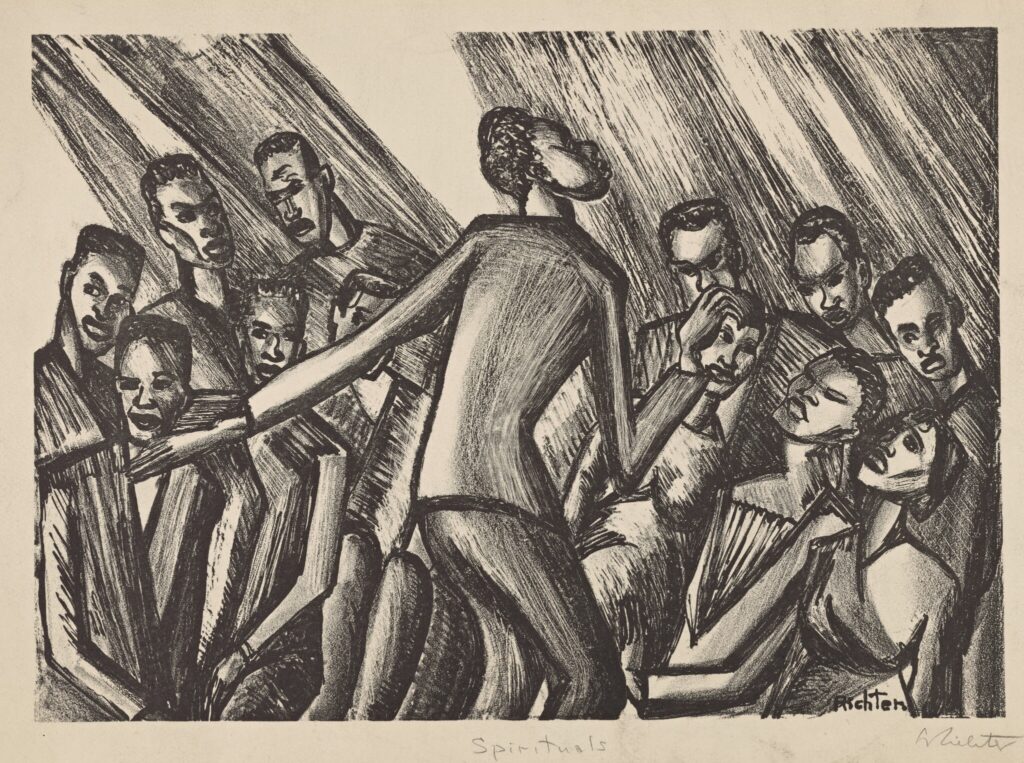By Kaitlyn GreenidgeMarch 5, 2021

Ten years ago, I worked as a researcher, conducting oral-history interviews for a project with the Weeksville Heritage Center. Weeksville is an extraordinary museum in central Brooklyn dedicated to the history of the free Black community that was founded there in 1838, when a Black stevedore named James Weeks first purchased the property. This occurred eleven years after Emancipation in New York, as Black residents organized to buy land in order to qualify to vote and build Black political power throughout the borough. Over one hundred years later, in 1968, the neighborhood organized again to preserve the last architectural remnants of the community, successfully fending off city efforts to destroy it during a campaign for urban renewal. The site has been a place of so many triumphs and reversals of history that it felt as though someone made it up. In a way, many people had — it was the culmination of the hopes and dreams of fugitives for freedom across hundreds of years. Part of my job as a researcher was to talk to those who had fought to preserve this history — ordinary Brooklynites who had done the extraordinary. Up until that point, I’d had the good fortune of mostly working at Black-history museums; at Weeksville, I felt I was directly in contact with the past. (more and audio recording)